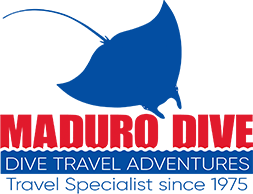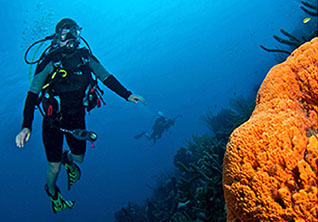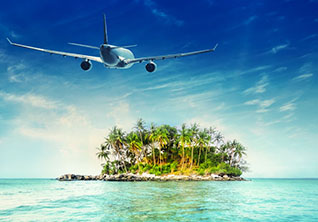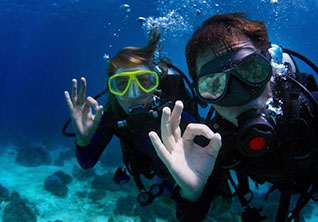How Do You Top The World's Greatest Blue Hole Dive?
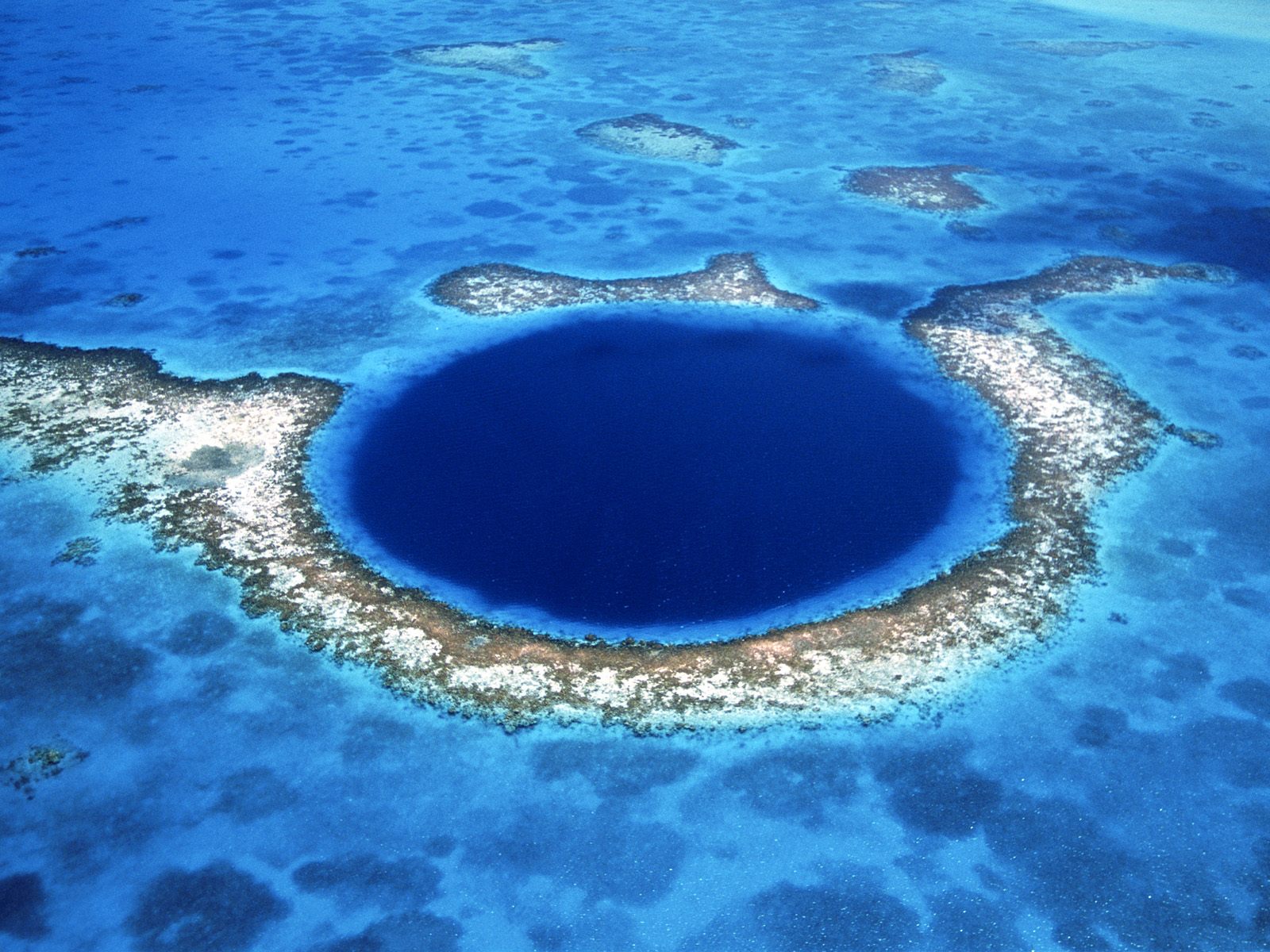
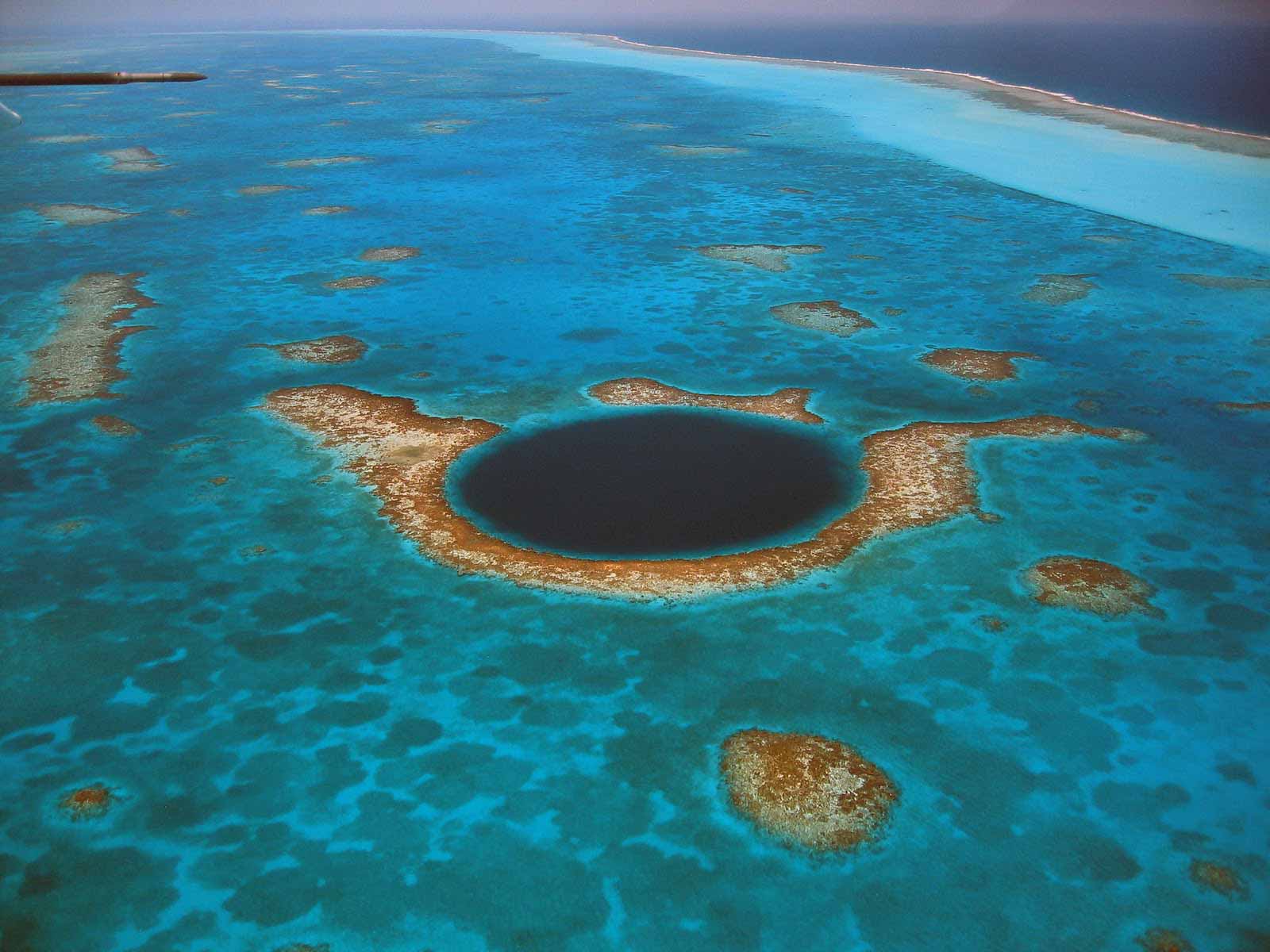
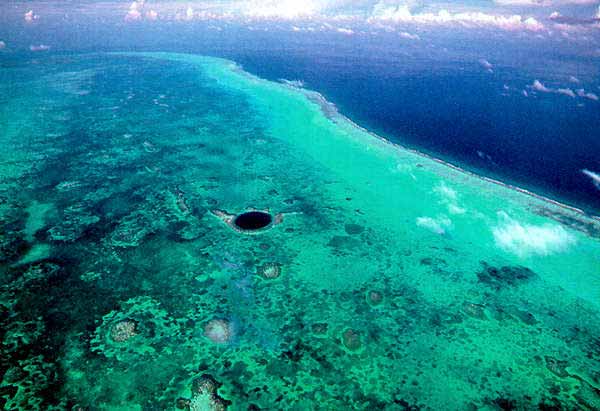
It’s difficult, but you can do it when you are fin kicks away from the second largest barrier reef in the world. It’s hard, but it can be done when 160 miles of walls, sloping reefs, and lagoons surround you. It’s tough, but the task is made easier when 500 species of fish, invertebrates, turtles, dolphins, manatees, and 60 species of birds surround you.
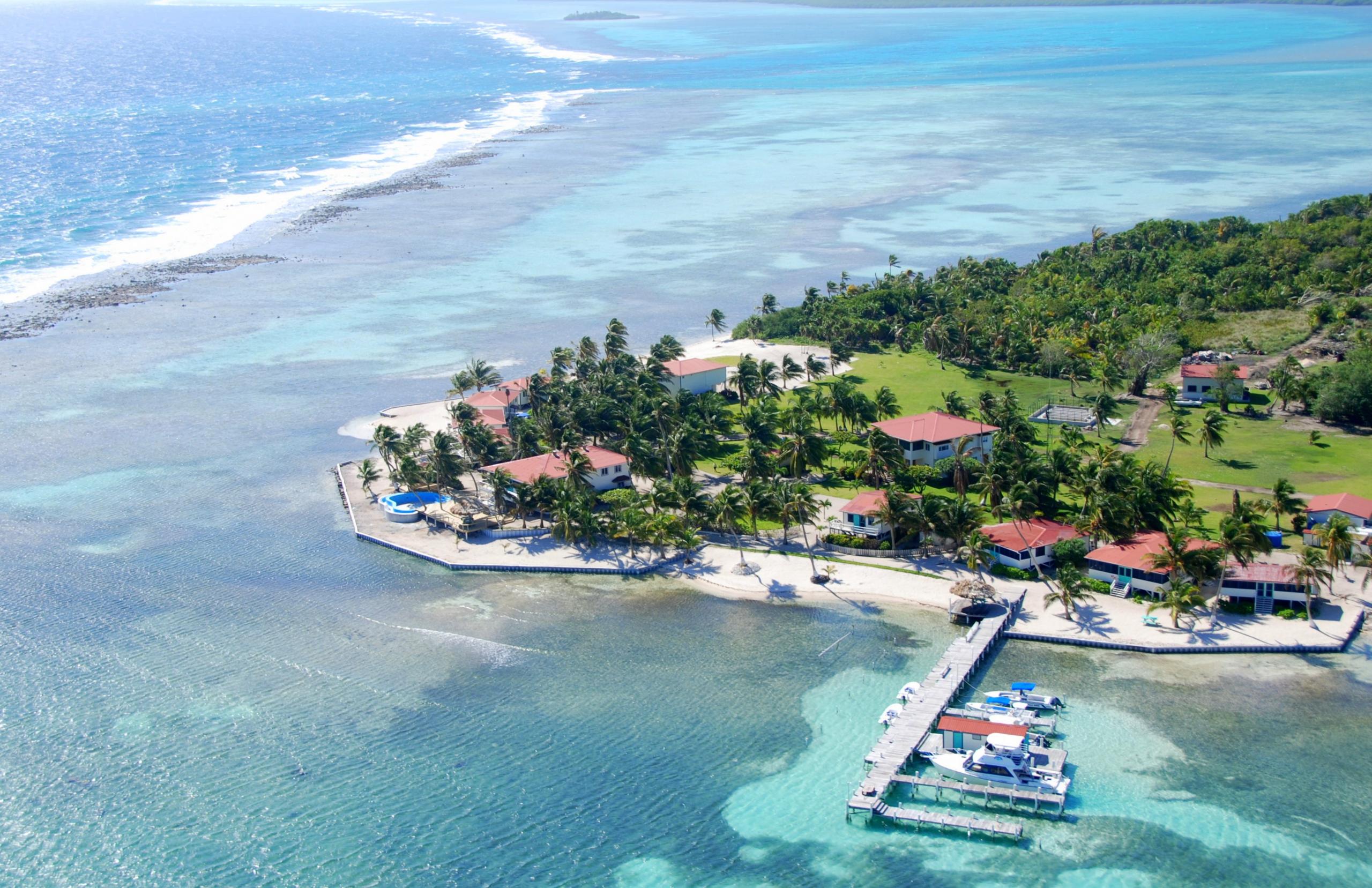
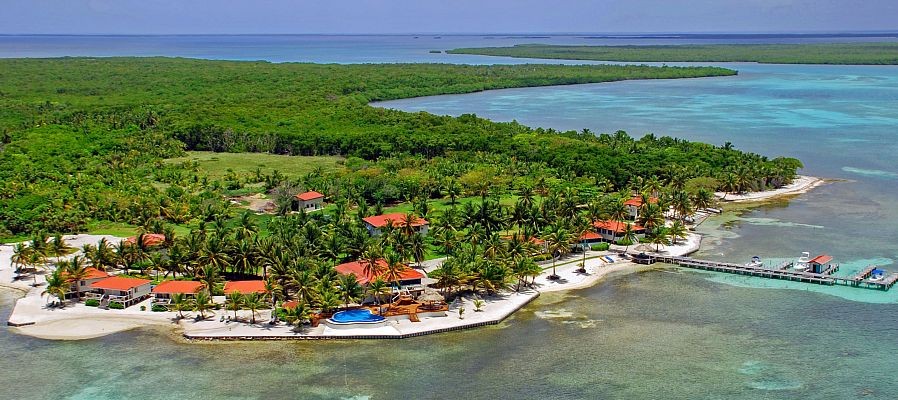
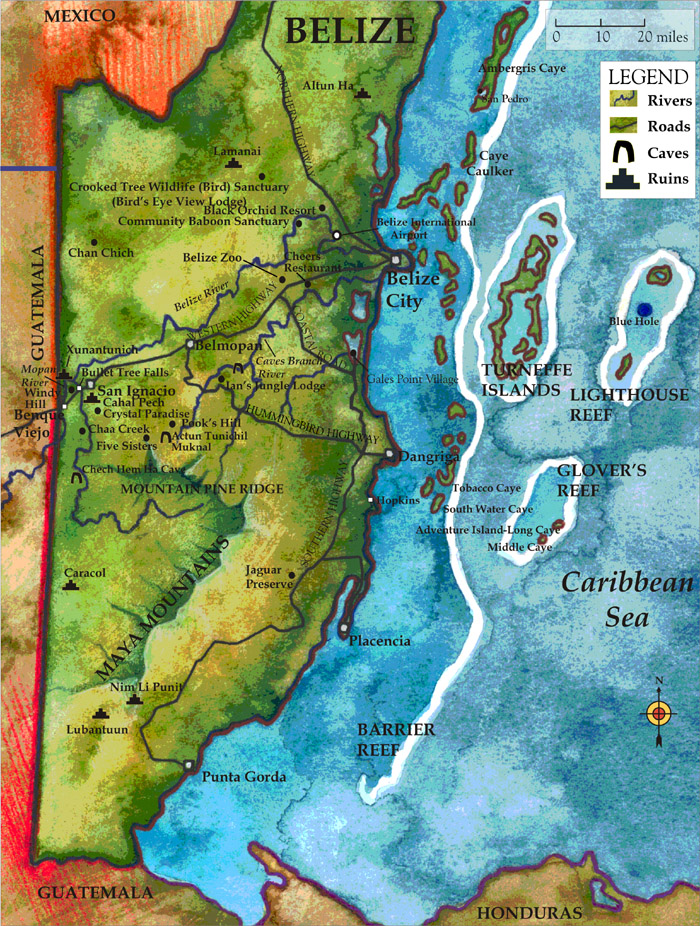
So where is this site that is next to what Jacques Cousteau called one of the top dive destinations in the world?
The simple answer is Turneffe Flats on Turneffe Atoll some 30 miles or 90 minutes from Belize City, Belize on the Caribbean side of Central America, but before we go there, lets just mention a little about diving the Great Blue Hole. It seems like everyone before Cousteau in the 1970’s came here to view the blue hole. Al Giddings the great cinematographer came here in the early 1960’s. Blackbeard the pirate came here a few years before Al, and the Mayans came here some 2000 plus years earlier than Blackbeard.
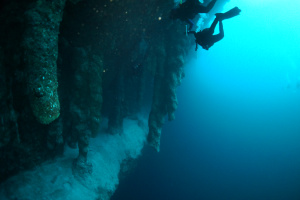
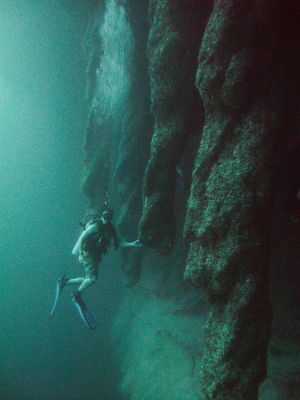
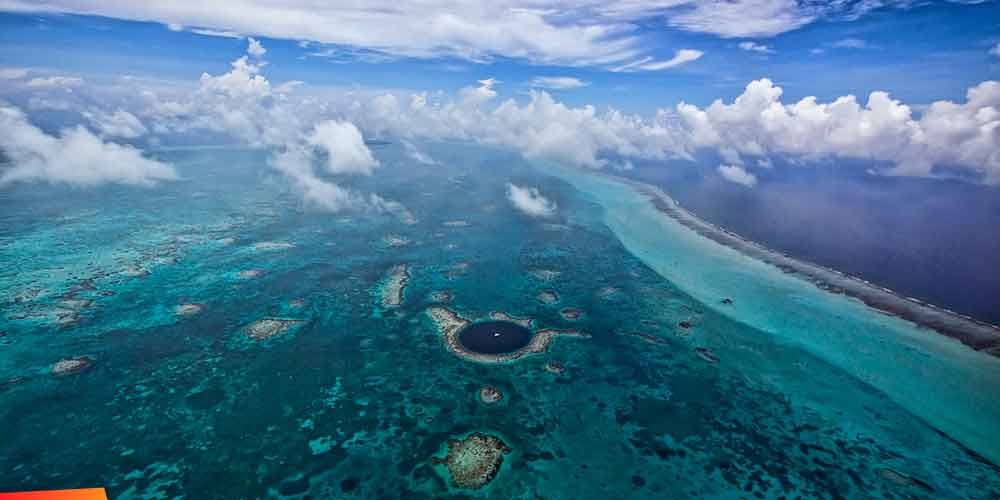
The Great Blue Hole is a former Karst-eroded sinkhole. Jurassic reefs originally created the limestone formation 195-190 million years ago. Water seeped through the limestone and formed a large chambered cave where stalactites and stalagmites formed many times over thousands of years before the roof fell in and eventually created a 984ft wide hole 407ft deep. The hole flooded as sea levels rose, which put a halt to all further stalactite and stalagmite formation. Some stalactites are over 20ft long and they are not exactly as straight as stalactites grown where past earthquake movements and substrate shifts have not so obviously occurred periodically. It can take a stalactite 100 years just to grow an inch, but it takes a diver just a brief second to be impressed by these slightly skewed cone shaped geological structures.
During the last 18,000 years when the area surrounding Chicago was 2 miles under glacial ice, the sea level of Belize was down some 394ft. There were at least four distinct times when seas rose and left ledges where waves slapped against walls and shorelines, before reaching the current sea level. Some 10,000 years ago the ocean was still 148ft lower than it is today, but as the ocean water and fresh water both rose close to their current levels, many Mayan temple sites seemed to be ruined.
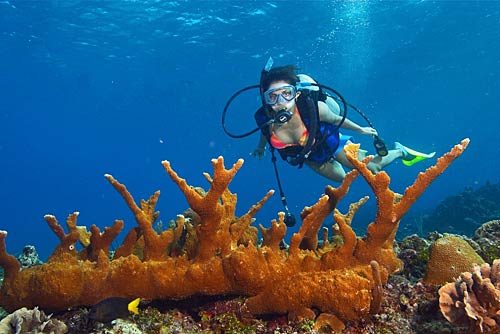
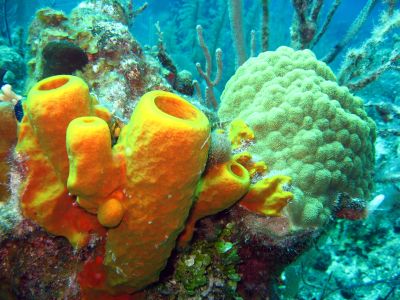
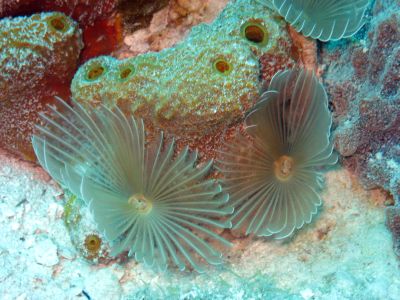
What was a misfortune of Mayan civilization structures is nirvana for divers. Now that the rim of the exposed cave is within snorkel depth, both divers and snorkelers flock to this location to view passing fish, and the permanent resident sponges and corals. For scuba divers on the south end of the Great Blue Hole at 130ft feet you can see the stalactites and stalagmites in a cave that goes back some 20ft. For technical divers, at 230ft deep on the western side is a cave that leads through a narrow tunnel and enters a second cave that ascends 100ft. On the silt filled floor of this adjacent cave rest the skeletal remains of turtles that wandered inside this dark recess without cave diver training or experience. The Great Blue Hole is in the middle of Lighthouse Reef, which is 25 miles long and 10-12 miles wide. Divers from Turneffe Flats Resort typically dive here once a week, depending on weather. This is a whole day trip with dives planned at Half Moon Caye Wall, which has a swim through at 35ft, and The Aquarium, named after all the small fish, at Long Caye. Lunch is served at Half Moon Caye. How often do you get a chance to see both gobies and boobies on the same trip? Red-footed boobies are the smallest of all booby birds and there is a sanctuary for boobies of all sizes and foot color on Lighthouse Reef. So now that you know what draws so many divers here, let’s talk about what really puts this dive trip over the top.
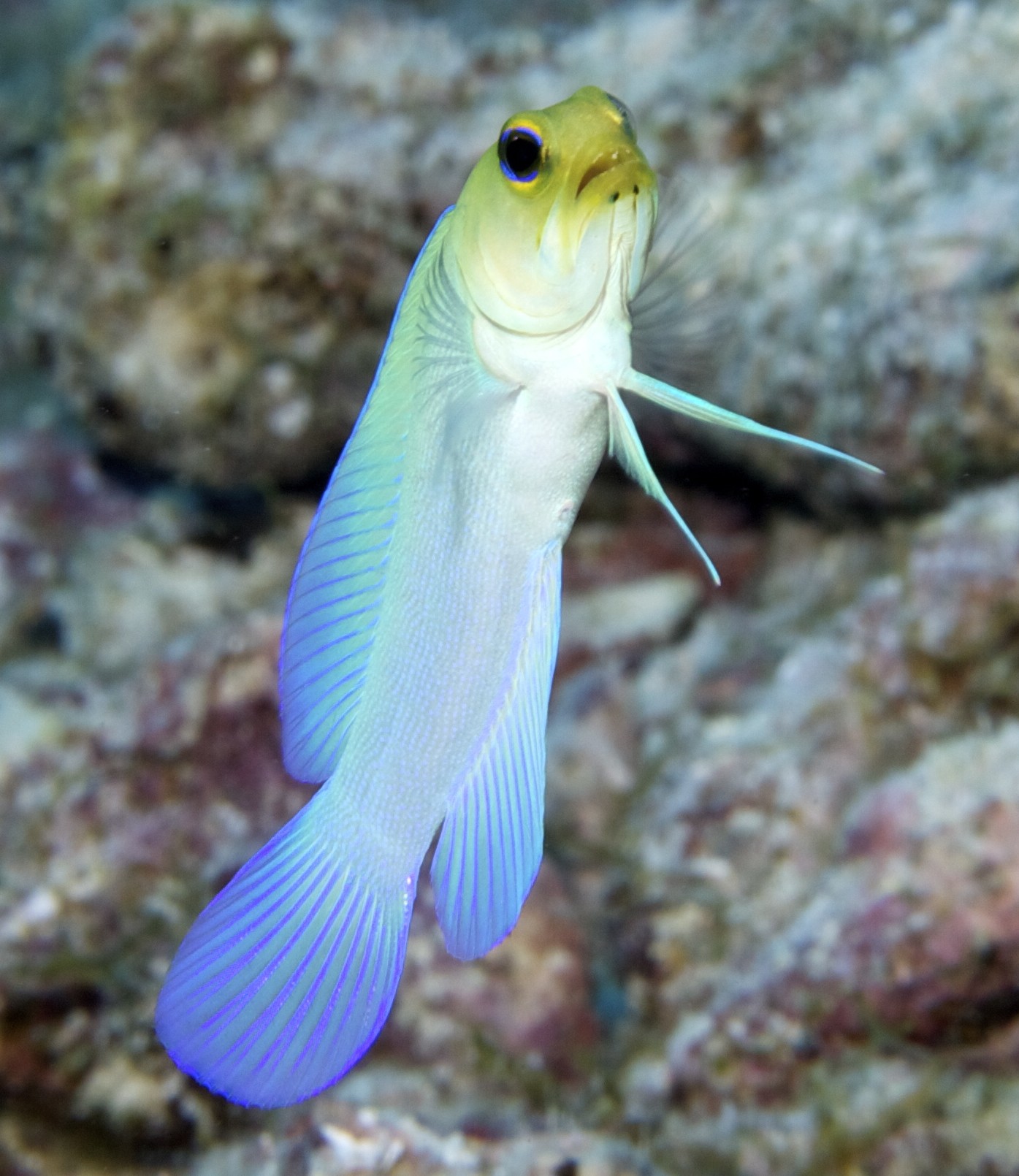
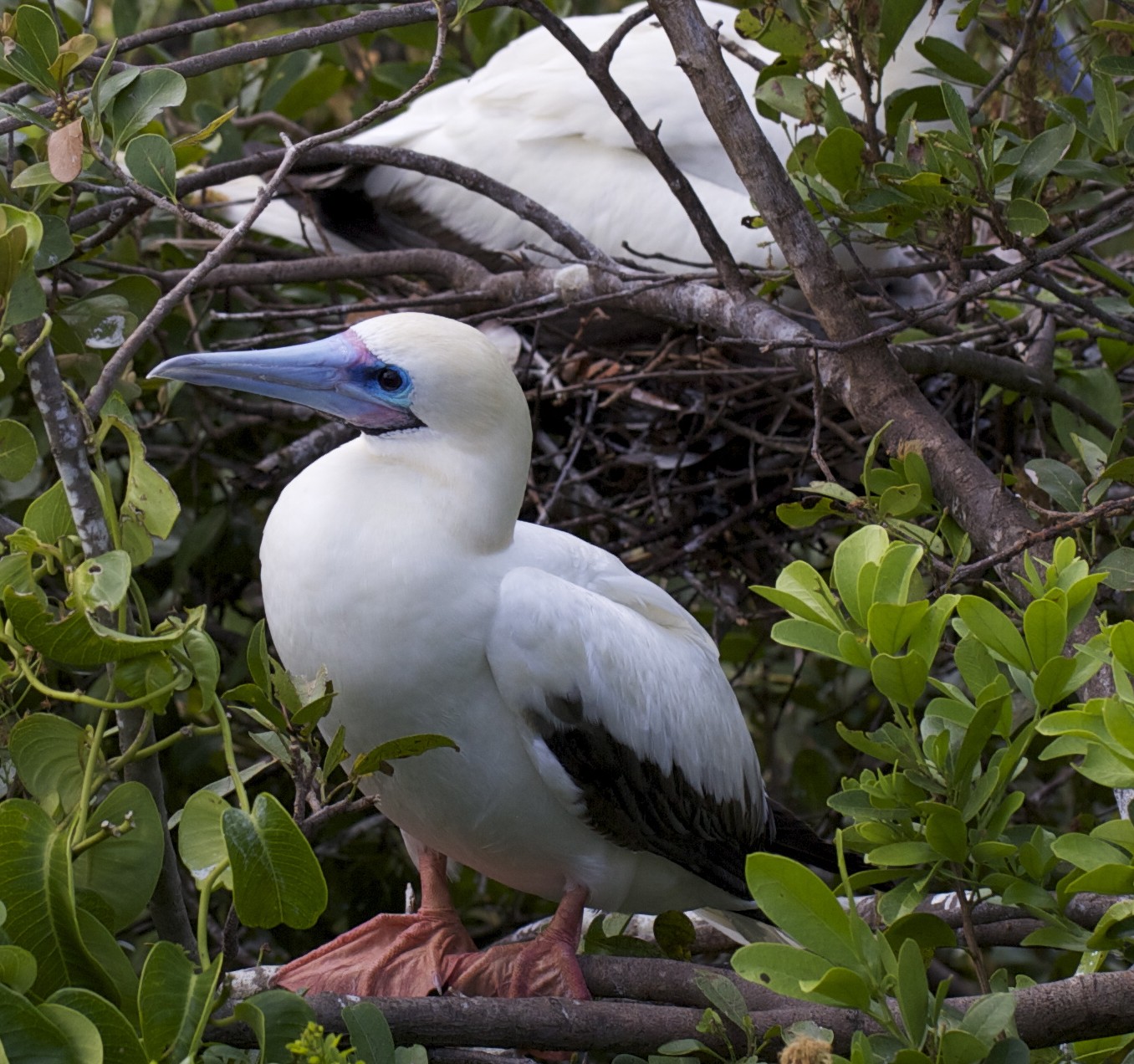
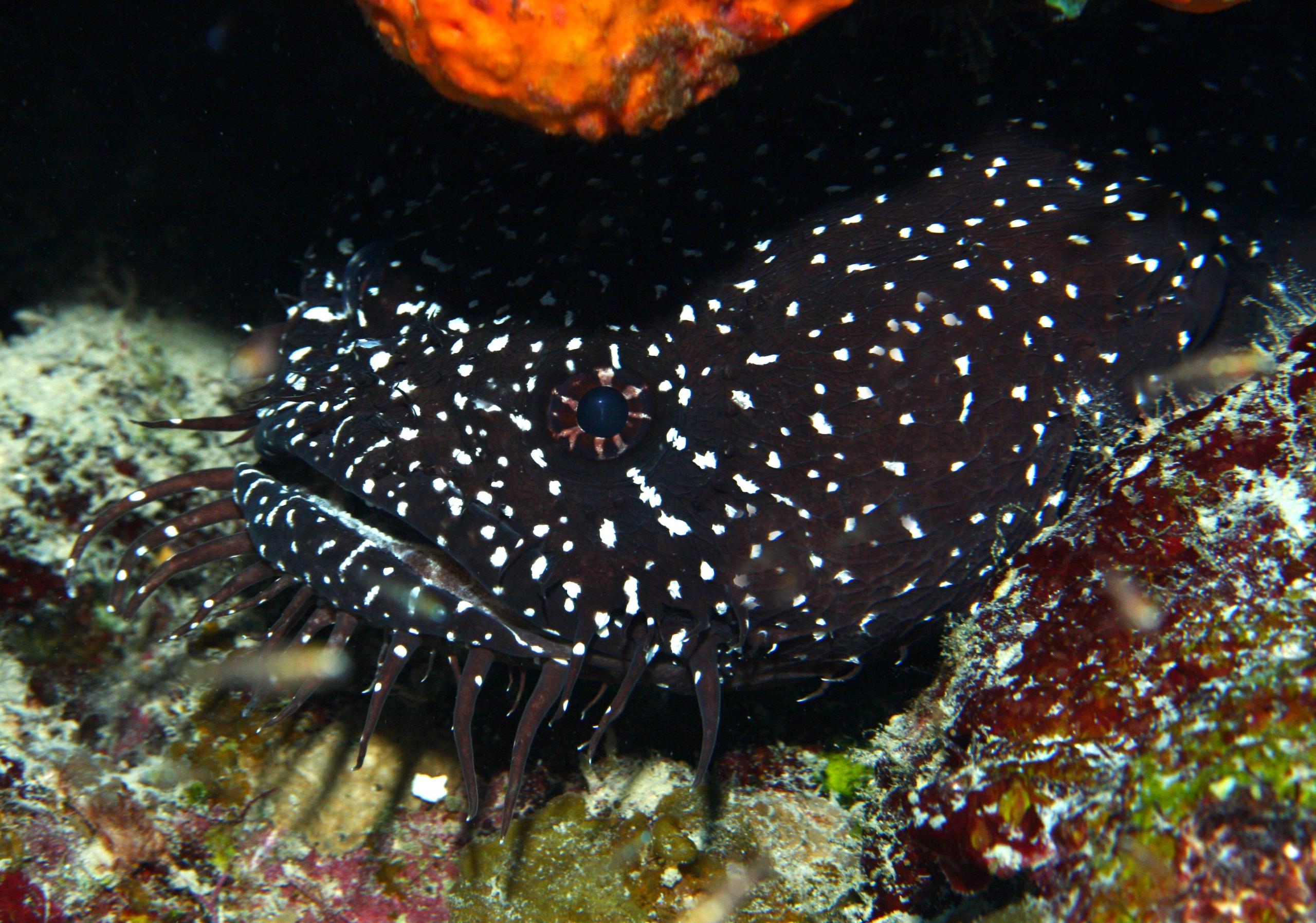
Turneffe Atoll in the largest of 3 atolls sitting off the coast of Belize. The island is 30 miles long and 10 miles wide and is made up from 200 cayes/mangrove islands. It has lagoons, streams, creeks, and reefs, and is one of the most biological diverse marine environments in the world. It is home to an endemic species of snail named Leptophis mexicana hoeversi, a gecko species named Phyllodactylus insularis and best of all, the rare Whites Spotted Toadfish that you can hear croak on any given dive. On the down side there are biting flies and mosquitoes for those that don’t use repellent on calm days, and you will see an occasional crocodile in certain locations, but they are pretty much left alone except to look at or snap a photo.
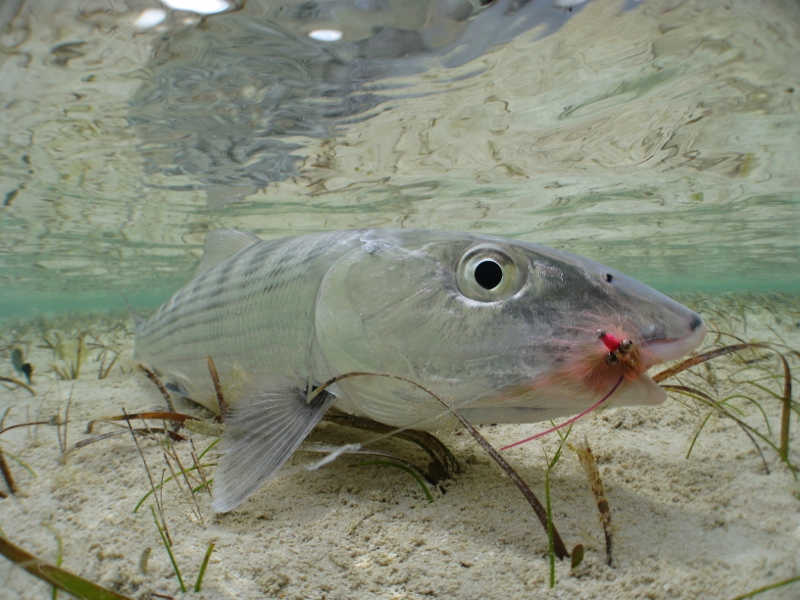
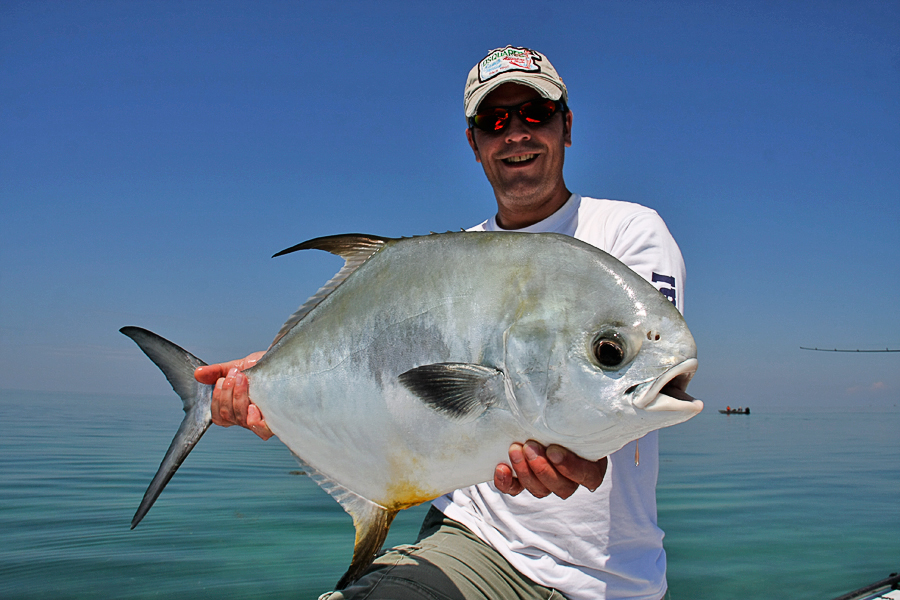
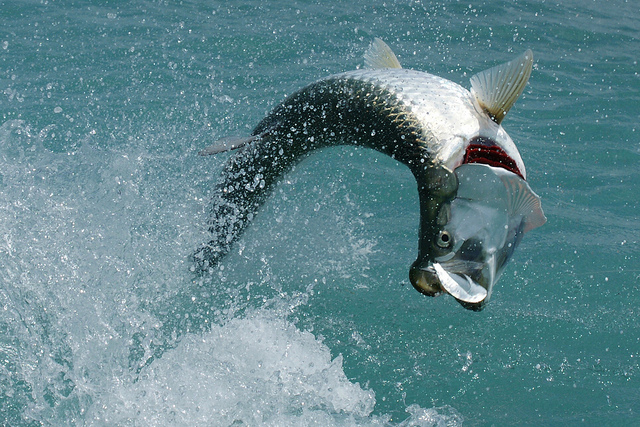
You might think that because of all this marine life, Turneffe Flats would be filled with divers year round, but there are times when only a few divers actually stay here, and that is because Turneffe Atoll is one of the greatest saltwater fly fishing spots in the world, and the resort can be booked early and annually with mostly fly fishermen. They wade in the waters for 5lb Bonefish, 20-30lb Permit, and 150-200lb Tarpon. If they catch all three species in any single day, they call this a “Flats Grand Slam”. It’s “catch and release” with all the thrill and endorphin rush you could ever get naturally. Fishermen come from all over the reel world to test their skill, rods, and flies.
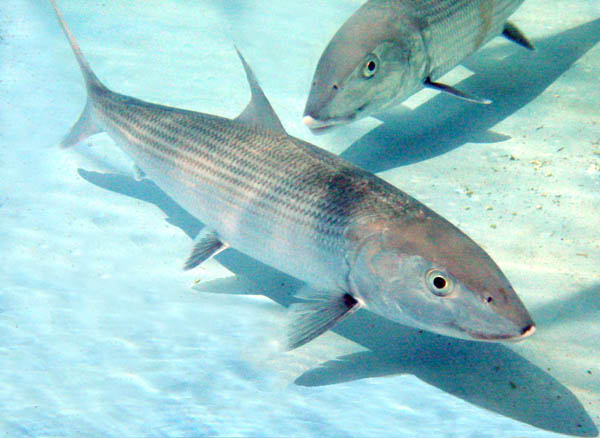
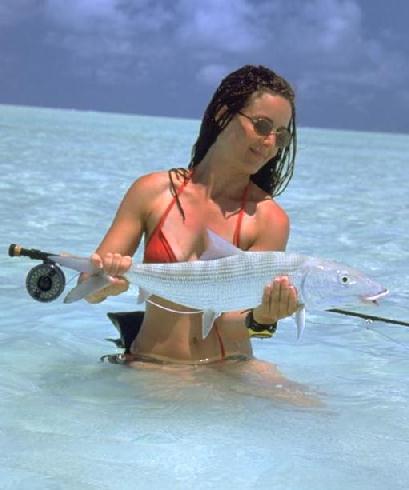
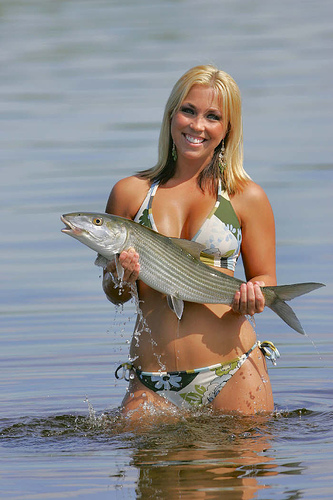
What this means is that you as a diver might be going out on the Pro48ft custom dive boat Ms. Ellie, for dive groups of up to 12 divers, or out on the 29ft Ms. K with 5 or fewer divers. At some of the dive sites you will see large pelagics such as grouper, goliath groupers, tuna, mackerel, and spotted eagle rays, such as at The Elbow. A pod of sometimes interactive dolphins live in the South Lagoon. White-spotted toadfish are found at Lindsey’s Back Porch and The Terrace. Black grouper, hammerheads, and great barracuda can be seen at Pelican Wall. Corals such as staghorn, elkhorn, and brain corals are found at Cabbage Patch. Nurse sharks and groupers are found in caverns down at 70ft at Gailes Point. This is also the site for Nassau, black, tiger, and marble grouper mating in December so plan your calendars appropriately. Wall dives include Jill’s Thrill and West Point Wall, and wreck sites include The Sayonara sunk at 50ft in 1985 and the 56ft long HMS Advice, by Pirates creek that sank June 1st, 1793; just to name a few.
Speaking of exploration, Turneffe Flats Resort guests can visit multiple Mayan ruins on the Belize mainland as well as go on locally guided tours and activities such as Manatee & Dolphin tours, sea kayaking, snorkeling tours, seashell & starfish tours, crocodile tours, birding tours, cooking classes and learn about the Maya and Turneffe, to name a few options.
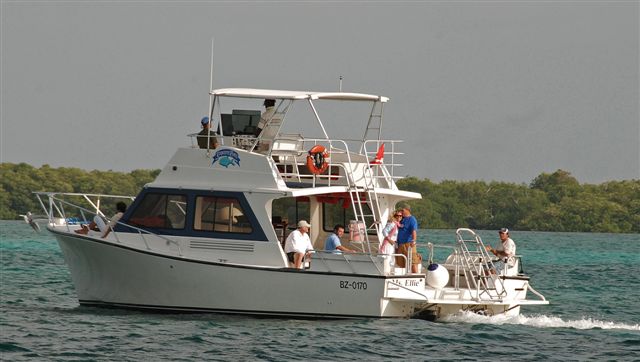
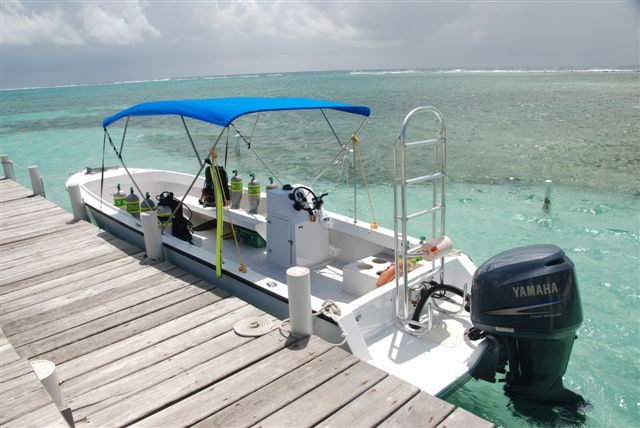
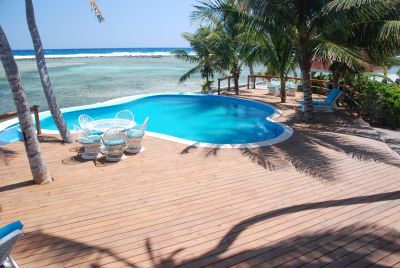
Flat out, when it comes to staying at Turneffe Flats, seeing the Great Blue Hole, and diving Turneffe Atoll, there’s nothing else quite like it in the world at all. Ask for more information and how you can visit Belize and Turneffe Flats Resort
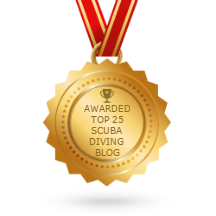
Recent Posts
- Eastern Malaysia, Sabah, Sipadan & More
- Ghost Pipefish, Pipefish, Seahorses, and Sea Dragons
- Australia Queensland and the Great Barrier Reef
- Tioman Islands, Malaysia
- The Riviera Maya
- The Peter Diving System
- The Bay Islands, Roatan, Utila, Guanaja, and more.
- The Cuttlefish; The Undisputed Master of Camouflage.
- The Maldives: A Garland of Islands in the Indian Ocean
- Frogfish, The Overlooked Camouflage Artist
Categories
- Australia
- Bahamas
- Bay Islands
- Belize
- Blue Hole
- Bonaire Diving
- Borneo
- Cayman Brac
- Cayman Islands
- Cozumel
- Curacao
- Cuttlefish
- Dive Destinations
- Dive Equipment
- Dive Liveaboards
- Dive Resorts / Properties
- Dive Travel
- Dive Travel Deals
- Diver Wellness
- Dolphins
- Dominica
- eagle rays
- Eagle Rays
- Family Travel
- Fiji
- Galapagos Islands
- Great White Shark cage diving
- Guanaja
- Honduras
- Indonesia
- Infographics
- Isla Mujeres
- Learning to Dive
- Little Cayman
- Maduro Dive Newsletter
- Malaysia
- Maldives
- Manta Rays
- Marine Life
- Mexico
- Micronesia
- Muck Diving
- Myamar
- Palau
- Papua New Guinea
- Pelagics
- Philippines
- Pinnacles
- Polynesia
- Reefs
- Riviera Maya
- Roatan
- Saba
- Sabah
- Scuba Diving
- Scuba Gear Reviews
- Scuba News/Events
- Scuba Training & Education
- Sea Legends
- sea lions
- Sea of Cortez
- Sharks
- Single Travel
- Sipadan
- Socorro Islands
- South Africa
- Specialties
- ST. Kitts
- Stingrays
- Tahiti
- Thailand
- The Bucket List
- Tobago
- Truk Lagoon (Chuuk)
- Turks and Caicos Islands
- Turtles
- Uncategorized
- Underwater Photography
- Underwater Video
- Utila
- Walls
- Whale Sharks
- Whales
- Wreck Diving
- Wrecks
- Yap
Archives
- January 2024
- April 2023
- March 2020
- March 2019
- January 2019
- November 2018
- September 2018
- July 2018
- May 2018
- March 2018
- January 2018
- October 2017
- September 2017
- June 2017
- April 2017
- February 2017
- January 2017
- October 2016
- August 2016
- July 2016
- May 2016
- March 2016
- February 2016
- January 2016
- December 2015
- August 2015
- June 2015
- April 2015
- January 2015
- November 2014
- July 2014
- April 2014
- February 2014
- December 2013
- November 2013
- October 2013
- September 2013
- August 2013
- July 2013
- June 2013
- May 2013
- April 2013
- March 2013
- February 2013
- January 2013
- December 2012
- November 2012
- October 2012
- September 2012
- August 2012
- July 2012
- June 2012
- May 2012
- April 2012
